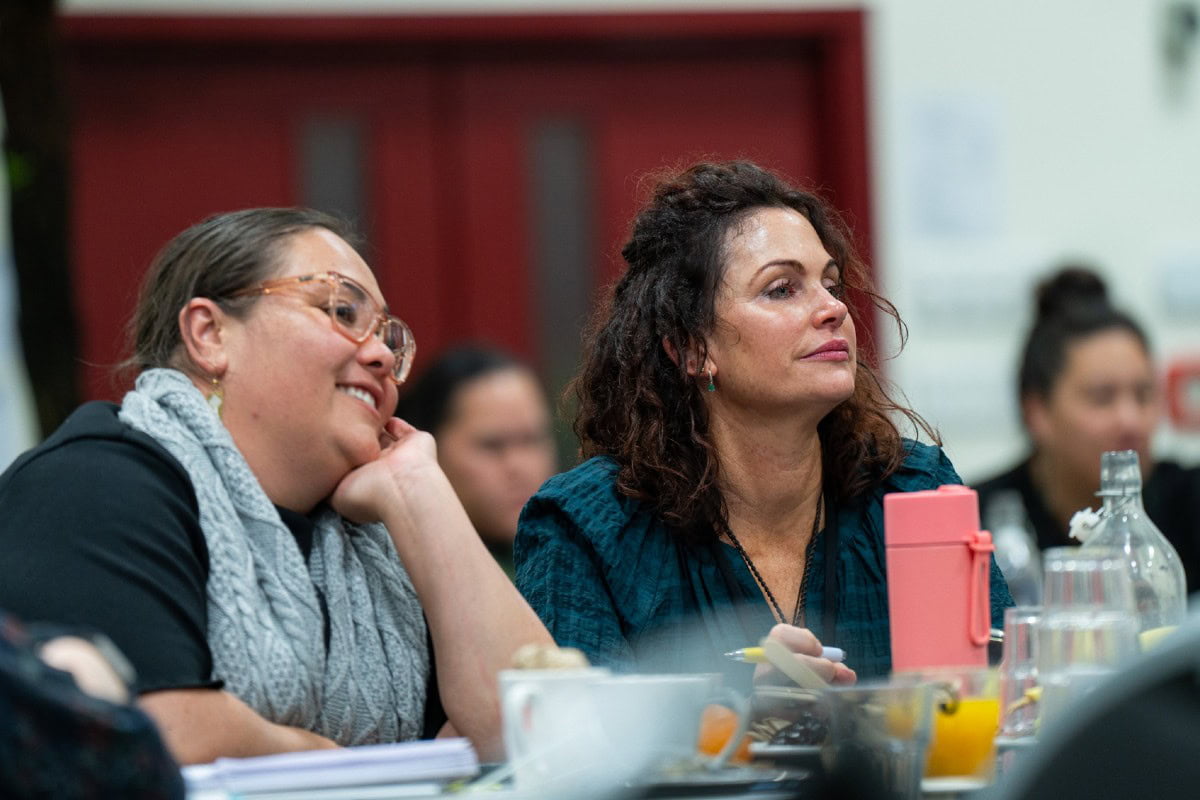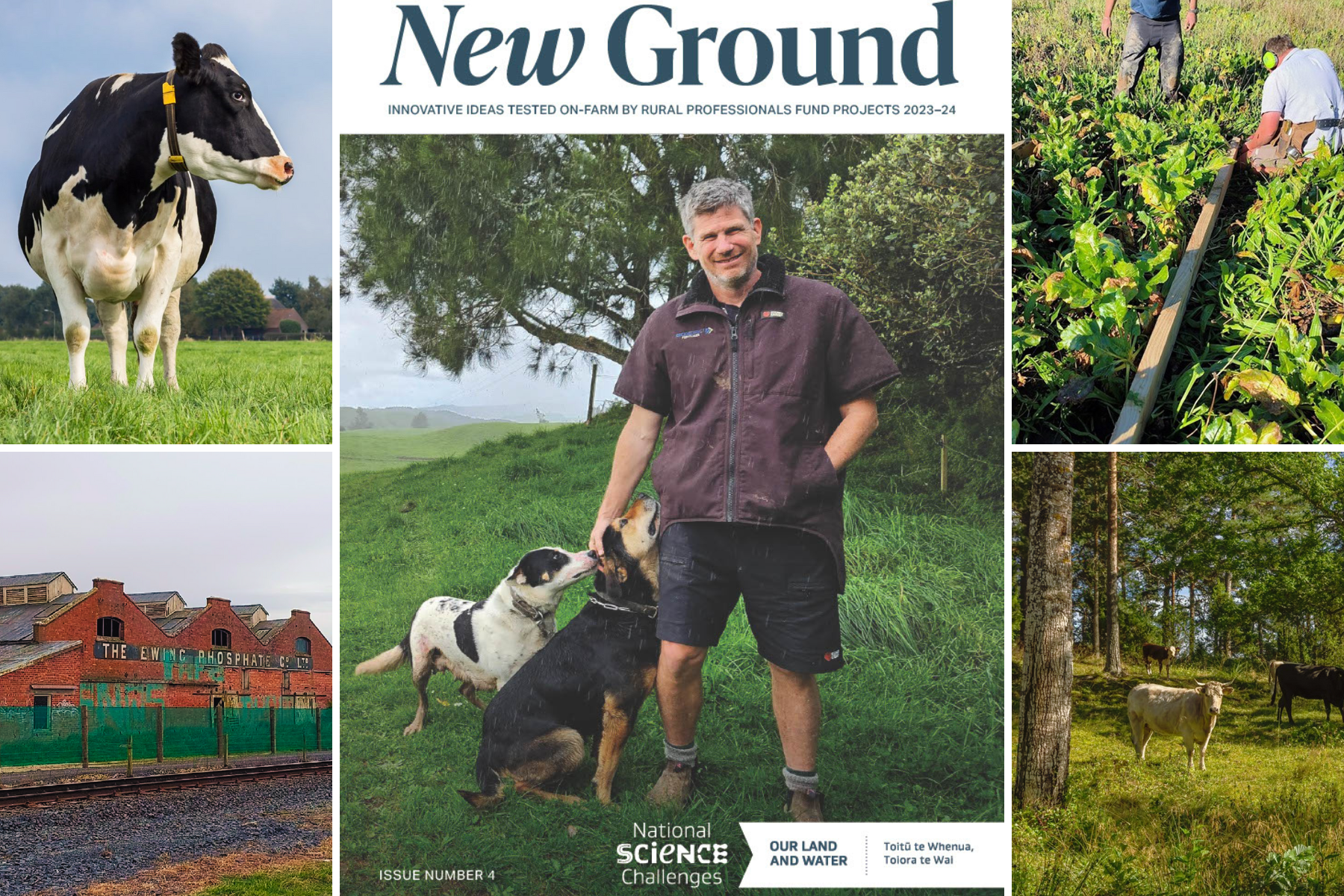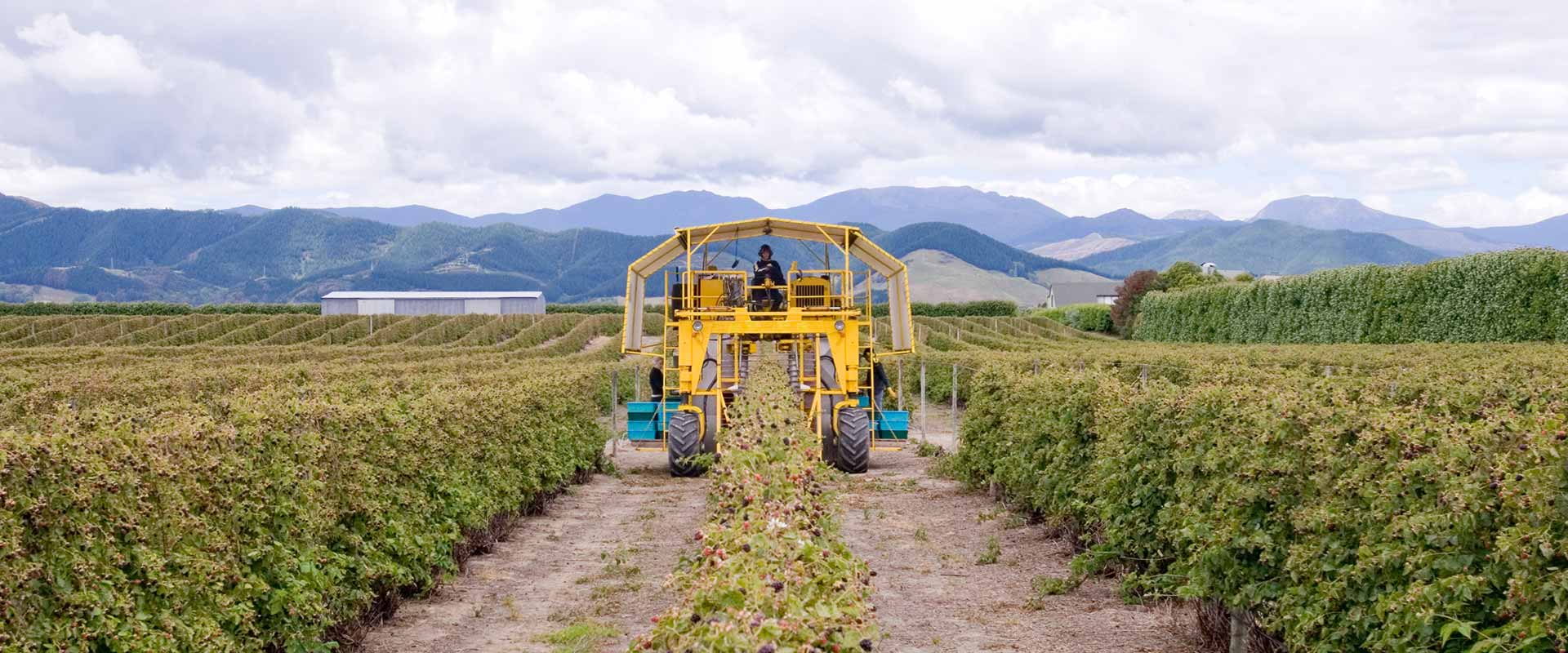Summer forage crops: Options for a drystock farm based on a Waikato case study
September 2022
Options are required for drystock farmers to fill the summer feed gap.
As part of the `Summer-safe multi-species cattle pasture’ project funded by the Our Land and Water National Science Challenge, a 0.07 ha plot study and two case study paddocks were established in September 2021 on a drystock finishing property at Te Pahu, Waikato, New Zealand.
We compared a range of simple four-species mixtures and hyper-diverse mixtures containing over ten species, with a brassica monoculture.
Key performance indicators included herbage production, metabolisable energy (ME), weed incursion and production costs.
Key findings:
• Simple mixtures provided a viable alternative to a brassica monoculture based on energy yield and energy costs. The most promising option was a simple rape-dominant mixture which
contained rape, plantain and a cereal. It had a high energy yield, low weed abundance and a low metabolisable energy cost.
• Hyper-diverse mixtures did not provide energy yield or energy cost advantages when compared to a simple mixture.
• Plantain contributed little to total dry matter in mid-summer but provided forage at the end of February for a second grazing.
• The cereal established rapidly and reduced weed ingress in the rape-dominant mixture harvested in mid-summer.
• A diverse mix may have lower weed ingress, but herbicide options are also limited.
• Further research is required to validate these preliminary findings by comparing crop mixture performance at a range of sites over several years. Crop and livestock production data are required.
 View Our Strategy Document 2019 – 2024
View Our Strategy Document 2019 – 2024



